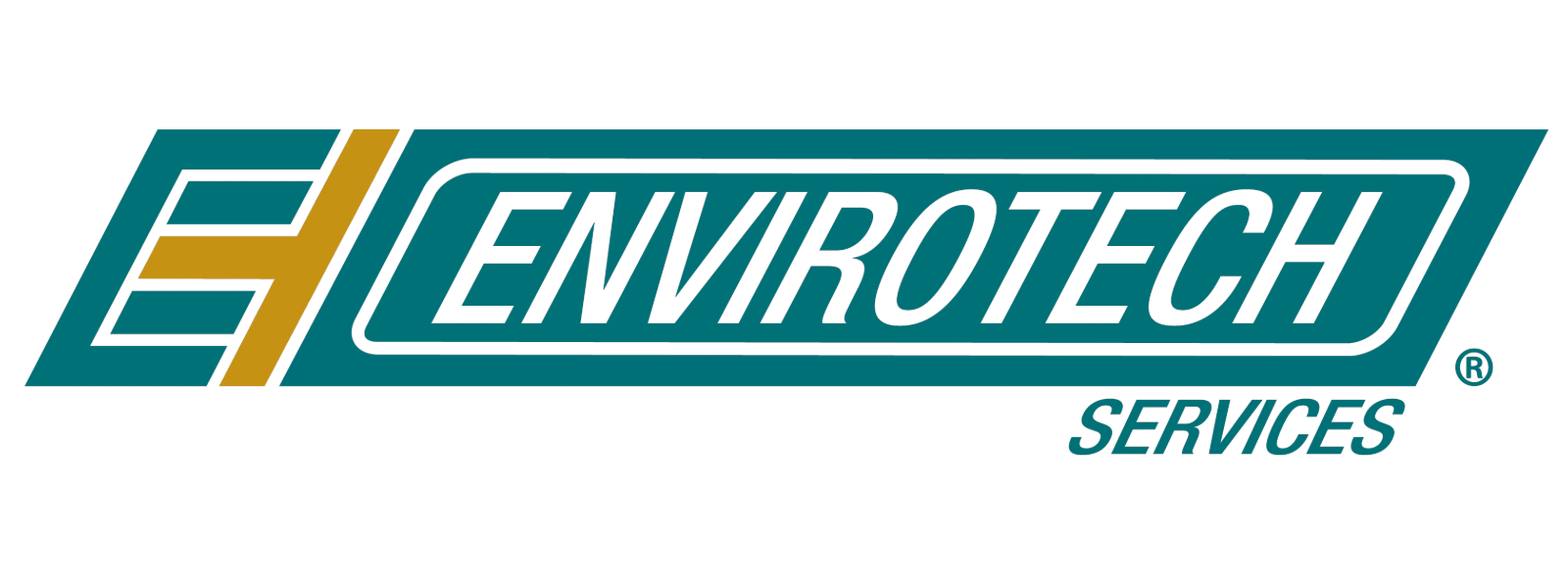Transportation agencies and snow fighting crews use some innovative ways to keep us all safe during the winter. Many of these practices maximize the physical and chemical reactions needed to melt ice and snow quickly to restore safe driving conditions. Here we will answer frequently asked questions about the specific practice of pre-wetting deicing products before applying them.
FAQs About Pre-wetting Deicer
*Note: The following questions apply to pre-wetting solid deicers, not road aggregates (like sand or gravel).
How Does Pre-wetting Work?
Pre-wetting means treating solid deicer granules with a measured amount of liquid before it is applied to the roadway.
Dry deicing products can be pre-treated with liquids in a couple places:
- In the stockpile
- On-board the vehicle (usually requires specialized equipment like tanks and applicators)
*Need pre-wetting equipment? Our friends at Force America are experts at outfitting crews with the tools and equipment they need to make the switch to pre-wet deicer.
Typically most pre-wetting treatments start as low as 4 gallons of liquid for every 1 ton of dry material. The optimal mix varies depending upon which products you are using, equipment, and local storm conditions.
For most roadways, the Western Transportation Institute (WTI) recommends applying pre-wet deicer to the centerline of the road at 25 mph for accurate and economical application rates.
What are the Benefits of Pre-wetting Deicer?
Reduces Bounce and Scatter
Pre-treating a solid deicer with liquid helps it grip the road surface more efficiently than when they are dry. A deicing study conducted by the Michigan Department of Transportation found that dry deicer applications can lose about 30% of their material to roadside scatter. However, pre-wet deicer applications lose only about 4%. These results were again confirmed by a more recent Michigan DOT study. Pre-wet granules are also less likely to be swept or knocked off the road by vehicles that follow.
Deicers are only effective as long as they remain on the paved surfaces being treated. Simply put, reducing loss from bounce and scatter saves money, protects roadside environments, reduces the number of snow plow passes, and clears roads faster.
Kickstarts Brining Reaction
All deicers interfere with water’s ability to freeze and lower its freeze point. This chemical reaction melts ice and snow and forms a brine that continues spreading to clear road surfaces. Pre-wetting deicer jumpstarts this brine reaction before it even reaches the roadway. This can offer an advantage especially in the cold, dry conditions of lower temperature storms. The Michigan study (mentioned above) found that under 27° F, pre-wet deicing salt melted ice and snow much more rapidly than untreated deicer.
Improved Deicing Performance
Not only does pre-wet deicer start melting faster, but it also outperforms dry deicing materials.
An Ontario study, referenced in this WTI report, found that:
“Pre-wetted salt outperformed dry salt by a reduction in snow cover from approximately 18% to 40%”
Uses Less Product
With this higher performance, crews can reduce how much deicer they use and make fewer passes on icy roads. WTI reported that:
“An evaluation of pre-wetting salt in Canada showed that fewer chemical applications were needed, resulting in up to 53% less material used”
“In Nebraska, pre-wetting salt reduced salt usage by 35%-40%”
Can I Pre-wet any Deicer Product?
Not all deicing products can give you these pre-wet benefits. Some deicer manufacturers coat their granules with liquid chlorides to try and boost performance. Pre-wetting can leach these additives off and greatly reduce their performance.
Pre-wetting applications work best with homogeneously blended granules, like those found in Ice Slicer®. Ice Slicer® is ideally suited for pre-wetting, has no liquid additives, and will not leach when pre-wet. If you are unsure about pre-wetting a deicing product, try pre-wetting a smaller batch to test for leaching or clumping that can interfere with performance.
Is Pre-wet Deicer Better for the Environment?
Pre-wetting deicer can significantly lower application rates, which is definitely better for the environment. It also reduces how much product bounces and scatters to the roadside. However, some pre-wetting liquids containing beet juice or other agricultural byproducts can pollute waterways.
Does Pre-wetting Save Money?
Switching from dry to pre-treated applications sometimes requires an initial investment for equipment, training on new application methods/rates, and storage changes. However, most snow fighting teams report a high return on investment once they make the switch.
In addition, your cost per ton for pre-treated material may look slightly higher than dry, however you will need a lot less product to get the job done.
According to WTI:
“the City of Kamloops, British Columbia, switching to anti-icing and pre-wetting reduced the use of abrasives and resulted in an estimated cost savings of $11,933 per year just from costs associated with roadside cleanup of abrasives.”
Ice Slicer®’s High Performance: Dry or Pre-Wet
Envirotech is proud to offer Ice Slicer®, a premium deicer that is perfect for both dry or pre-wet application. Harvested from a Jurassic Era sea bed, Ice Slicer® granules contain a homogenous blend of complex chlorides and over 60 rare earth minerals...mother nature’s perfect recipe for melting ice and snow! Dry or pre-wet applications of Ice Slicer® consistently outperform white salt, are safer for the environment, and more economical for our hardworking snow fighting crews.

